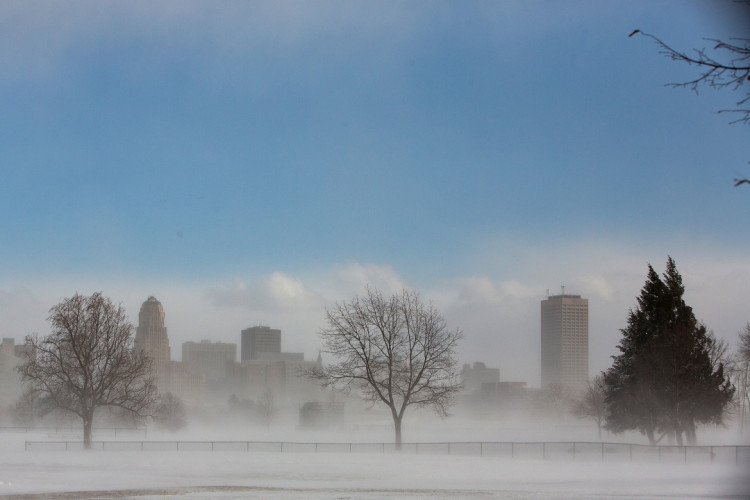Temperatures recorded in just the first month of 2019 has now broken records with freezing cold winds in parts of the Midwestern United States and blistering heat in Southern Australia. Thermometers dropped to as low as negative 38 degrees Fahrenheit in the United States, while Australia experienced heat well into triple-digit numbers. The extreme weather fluctuations have raised some concerned, with some environmental groups blaming climate change and our continued carbon emissions.
According to the National Weather Service, wind chill temperatures in Chicago had reached 52 degrees below zero. Several airports had to cancel their flights, which led to hundreds of stranded passengers. Ambient temperatures reached 23 degrees below zero, breaking a record that was set in 1966. Forecasters have announced that the temperatures may go even lower in the coming days, which could set new records. The arctic blast has also completely frozen different bodies of water across the different Midwestern states, including Lake Michigan.
The extreme weather has also now forced schools, attractions, and public establishments to close down until the situation gets better. Several states, such as Illinois, Michigan, and Wisconsin have declared a state of emergency. Public services, such as the United States Postal Service have closed down. Residents have been advised to remain indoors if possible as winds more than 50 below zero can cause serious frostbite in as little as five minutes.
While residents in the United States are struggling to get warm, those living in the Southern part of Australia are literally burning up. The city of Adelaide reportedly hit 116 degrees Fahrenheit last week. This was the highest temperature recorded in the area since 1939. According to the Bureau of Meteorology, the temperatures around the city hit three-digit numbers on various days last week.
The heat wave resulted in devastating damage across the country. Hundreds of livestock and wild animals perished due to dehydration and the extreme heat. According to Australian media, hundreds of dead animals were found near dried up watering holes across the country.
The BBC recently reported that the rising temperatures have even killed off one-third of the country's fruit bat species. Weather experts in the country expect the high temperatures to continue, with minimum temperatures now becoming drastically higher when compared to previous decades. Australian residents have been advised to always use sunscreen lotions or umbrellas when they go out.
Sea levels around Australia have reportedly increased due to the warming oceans. According to the 2018 Global Temperature Report, the surrounding oceans have now increased in temperature by around 1.8 degrees.






